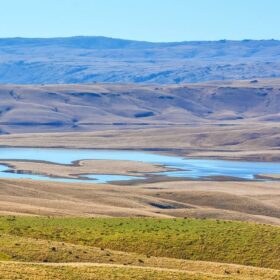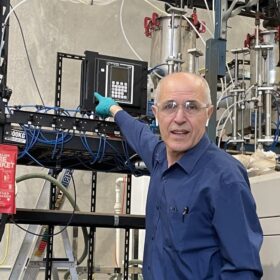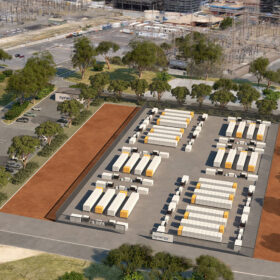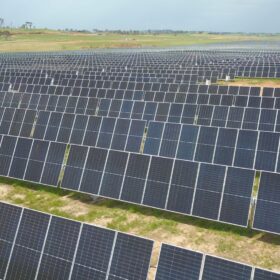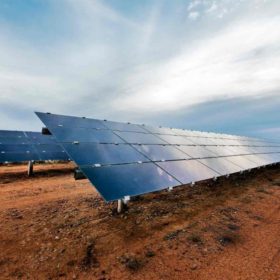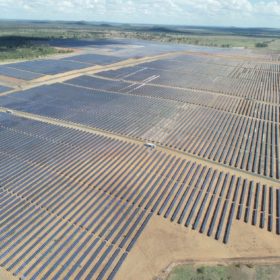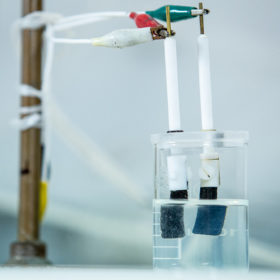New Zealand moves forward with 8.5 TWh pumped hydro project
The New Zealand government will investigate the viability of establishing a pumped hydroelectric facility on the South Island. The project could provide up to 8.5 TWh of annual generation and storage capacity to support the nation’s transition to 100% renewable electricity generation.
Australian developer plans gigawatt-scale solar, battery project
Skylab, a solar tracking distributor and renewable energy project developer, has unveiled ambitious plans to build about 1 GW of solar and battery energy storage facility in the Australian state of Queensland.
Australia startup announces nanosilicon tech that may help build better batteries
Australian materials tech developer Kinaltek has unveiled a one-step production process that it says can convert common silica powders into battery-grade nanosilicon for less than 5% of the cost of existing technologies. The innovation paves the way for the use of silicon nanoparticles in high-performance lithium-ion batteries.
Australian utility unveils plans for 800 MWh big battery
Synergy, a utility owned by the Western Australian government, has revealed plans to build a new 200 MW/800 MWh battery energy storage system in the city of Kwinana, in order to support the state’s main grid and enable the uptake of more renewables.
ACEN moves forward with 720 MW Australian solar farm
The largest solar project in the Australian state of New South Wales has officially opened, with ACEN Australia confirming that the first 400 MW stage of its planned 720 MW New England Solar Farm is now progressing through the commissioning process.
Solar, storage provides energy solution for remote Australian town
The remote town of William Creek in the Australian outback is now entirely powered by solar backed by a battery energy storage system, after the switch was flicked on a 200 kW PV array that eliminates the need for diesel generation.
Nanovue offers self-cleaning solution for solar panel soiling
Nanoveu, an Australian nanotechnology company, has developed a multifunctional anti-soiling coating for solar glass that is designed to prevent surface debris and algae growth from forming on PV panels.
Storing heat in blocks made of aluminum, graphite
Shell has provided Australian startup MGA Thermal with “game-changer” funding to accelerate the completion of a commercial-scale pilot storage plant.
Gentari seals deal for Wirsol’s Australian solar, storage assets
Gentari, the clean energy unit of Malaysian oil and gas supplier Petronas, has finalized its acquisition of Wirsol Energy’s Australian renewables assets, including 422 MW of operational capacity across solar and storage facilities, and 765 MW of potential capacity under development.
Australian researchers reveal new way to split saltwater into hydrogen
Australian scientists have developed a new way to make hydrogen directly from seawater. They have described the technology as a critical step to a truly viable green hydrogen industry.

